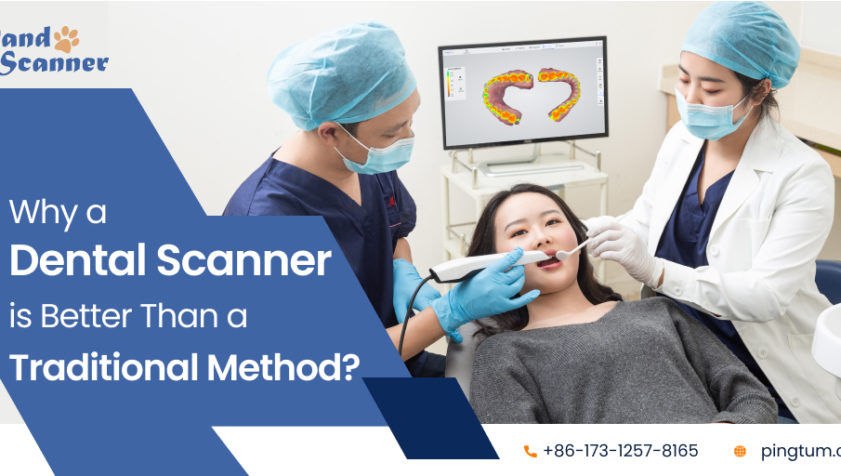A decade ago, dental restoration wasn’t an easy job for dental professionals. Earlier, dental treatment procedures were clumsy and messy plus they consumed a lot of time. However, with the introduction of digital technologies like the digital impression system, the field of dentistry took a big leap of advancement. Thus, revolutionizing the approaches to dental reconditioning for patients to a great extent.
Today, dentists can take advantage of optical scanning devices and lasers to develop an AI-generated model of the soft and hard tissues inside the mouth. On top of that, these technologies enable dentists to get a detailed view of the patient’s teeth on a big digital screen than an X-ray or mirror – the traditional method. And once the impression is captured, dental professionals can share it with the lab, where bridges, crowns, and dentures are made according to specifications.

What is a digital impression?
Digital impressions are captured by recording a digital video or a sequence of digital photographs. Both these methods are favored because they get accurate measurements of the inside of the mouth. Also, they provide several small images which are stitched together via software to develop an accurate map of the mouth. When it comes to taking direct optical impressions, the most commonly used technology is the intraoral scanner with variants such as the China Intraoral Scanner. In most situations, the patient can see these images on the chair-side monitor.
Types of digital impression technology
Currently, two types of digital impression technology are used by dentists for determining any dental problem. The first digital impression system captures images like digital photographs that offer dental professionals and laboratories a sequence of photographs. The second technology captures images in the form of digital videos.
When it comes to capturing images, the technology utilizes lasers or digital scanning. Laser scanning is safe and uses concentrated light to get accurate data. In other words, this technology is far better and more comfortable than traditional processes where the patient needs to hold a distasteful material in the mouth.
Process of taking a digital impression
- The dental professionals prepare the patient’s teeth for scanning. It’s done by cleaning the region of saliva and blood followed by dusting the teeth with particularly formulated titanium dioxide powder (in case the scanner isn’t powder-free)
- Now the dentists use the scanner, such as the China Intraoral Scanner to take a sequence of videos and digital images of the patient’s mouth and the infected area.
- The videos and the images are patched within seconds to bring forward an image that is displayed on the side-screen.
- The dental professionals review the images to determine the correctness of the scan.
- Once the review is completed, the impressions are shared with the laboratory to develop dental restorations for the patients in the form of crowns, bridges, or dentures.
Conclusion
By eliminating the time-consuming and unpleasant methods in dental treatment, it’s for sure that intraoral dental scanners will become a standard procedure in dental clinics over time. Moreover, these digital impressions are not only accurate, but also reduce the returns and remakes thereby increasing the overall efficiency of dental treatment.
To know more about digital impression system, you can read : WHAT ARE THE USES OF A DIGITAL IMPRESSION SYSTEM?






